Cinnabar, with its vibrant red hue, symbolizes auspiciousness, joy, enthusiasm, unrestrained passion, and a fighting spirit. In many cultures and nations, red serves the purpose of warding off evil. For instance, in ancient China, the walls of numerous palaces and temples were adorned in red. Officials, their residences, and ceremonial attire often featured this color, referred to as “Zhu Men” and “Zhu Yi.” In traditional Chinese philosophy, red corresponds to the element of fire, while in the realm of divination, the Li Gua in the ancient practice of Chinese geomancy represents the color red.
Cinnabar, beyond its role as a talisman against malevolent forces, holds significance in festivities and weddings. From lanterns and garments to decorative ornaments, the vivid red color signifies the abundance of joyous occasions. It not only conveys congratulations and inner joy but also radiates a sense of celebratory festivity, fostering a lasting atmosphere of jubilation.
Items crafted from cinnabar are not only aesthetically pleasing but also believed to possess calming properties and the ability to ward off negative energies. For example, the cinnabar transfer beads produced by Ji Zhaotang incorporate purple gold sand and are often utilized in prayer. Individuals experiencing frequent bouts of misfortune may hang cinnabar ornaments in their vehicles to focus their minds, while cinnabar bracelets are worn to provide spiritual protection.
One of the most significant attributes of cinnabar jewelry is its association with “warding off evil spirits.” It has been revered as a sacred object for repelling malevolent forces since ancient times, with its bright red hue believed to exude powerful “yang energy.”
Lotus symbolism:
- Integrity: The lotus, known as Qinglian, phonetically resembling “clean and honest,” serves as a metaphor for individuals of uprightness and integrity, particularly in the realm of officialdom. Literary works such as the composition “All the Way Clean and Honest,” featuring green lotus and egrets, adorn the studies of many scholars.
- Nobility and purity: Buddhism regards the lotus as a sacred and pure flower, symbolizing the pursuit of noble and holy virtues. Figures like Zhou Dunyi and poetic verses by Li Bai extol the lotus for its purity and transcendental beauty.
- Auspiciousness: The lotus, phonetically linked to “harmony,” embodies auspiciousness. Depictions such as “Lotus, Begonia, and Flying Swallows Banquet” symbolize peace and prosperity, with lotus flowers holding prominence among the eight auspicious treasures of Buddhism.
- Love: Lotus roots intertwine deeply, symbolizing enduring connections between individuals, often interpreted as expressions of love. Historical records, such as Wang Bo’s Tang Dynasty poem “The Song of Picking Lotuses,” depict the lotus as a symbol of pure and enduring love.
- Beauty: Ancient texts, including the “Book of Songs,” liken the lotus to a beautiful woman, highlighting its aesthetic allure and captivating charm.
- Friendship: Ancient Chinese customs, such as gifting plums in spring and presenting lotuses in autumn, reflect the lotus’s association with pure and enduring friendships.
Handmade mala beads bracelet.
Size: 108 pills,weight: Between 25~45g.
Elastic cord Multilayer Bracelets,Suitable for any wrist
Bead bracelet can not be soaked in water, otherwise it will lose luster.
High-end Natural beaded bracelet , pray for Every Need & Situation




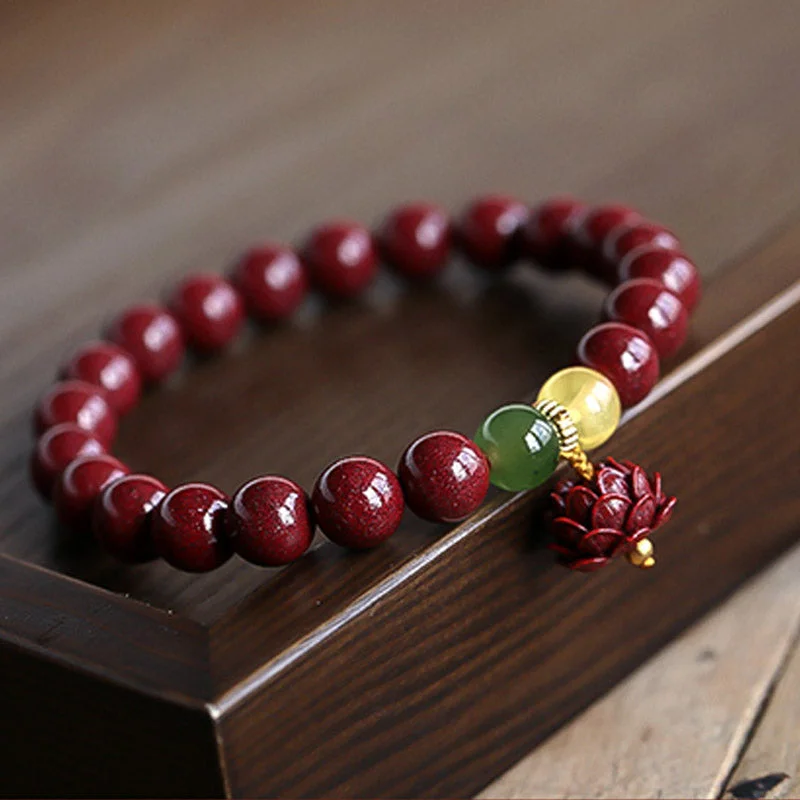

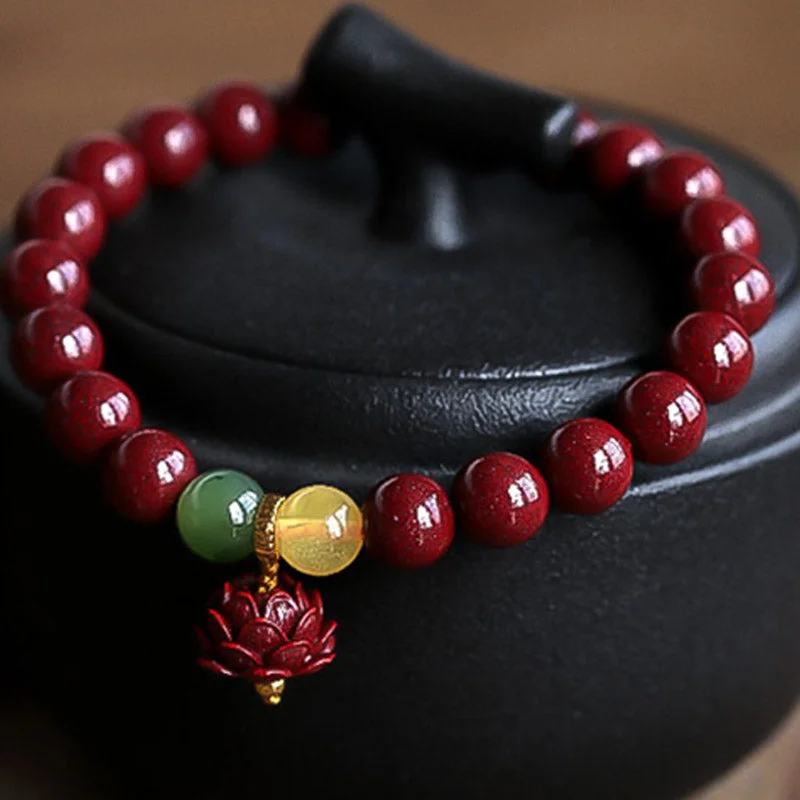
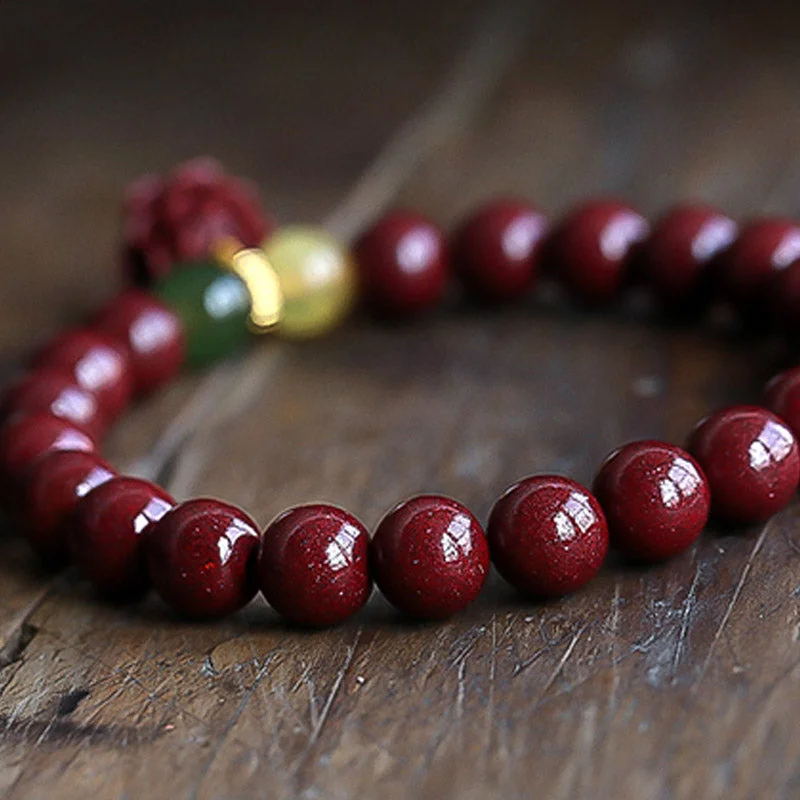
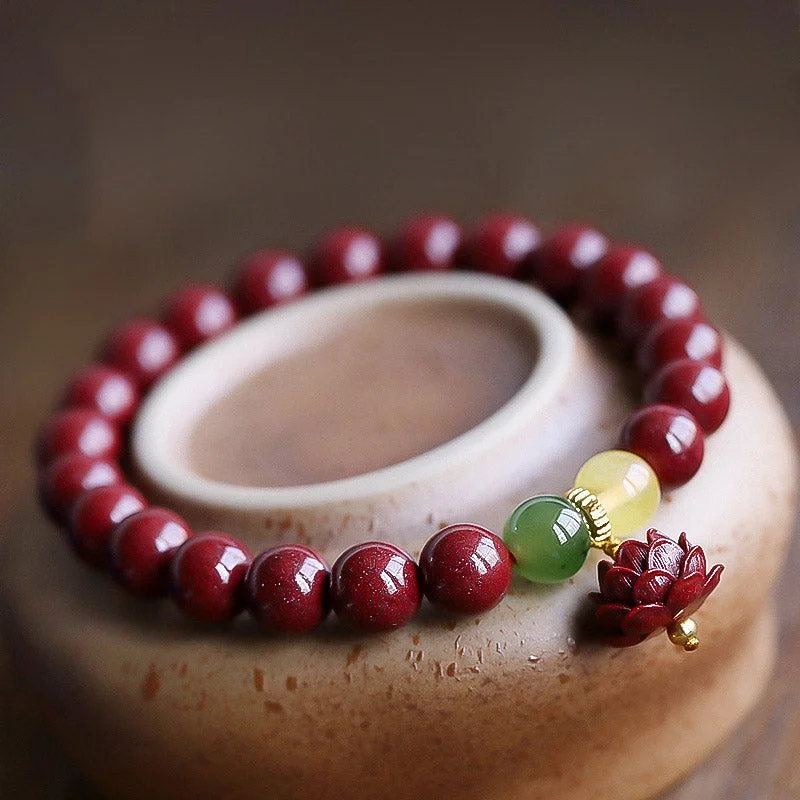
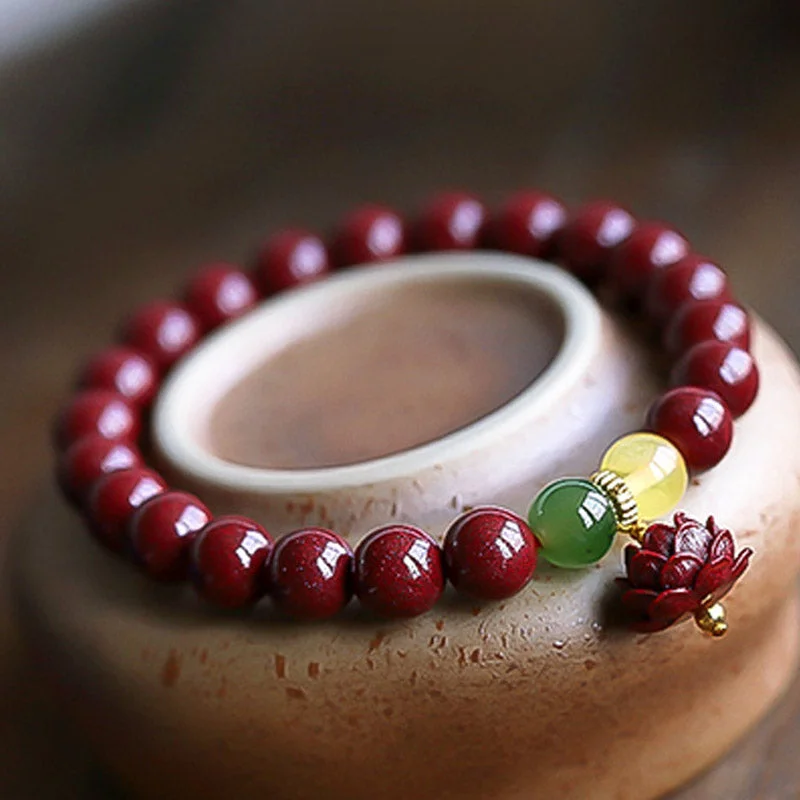
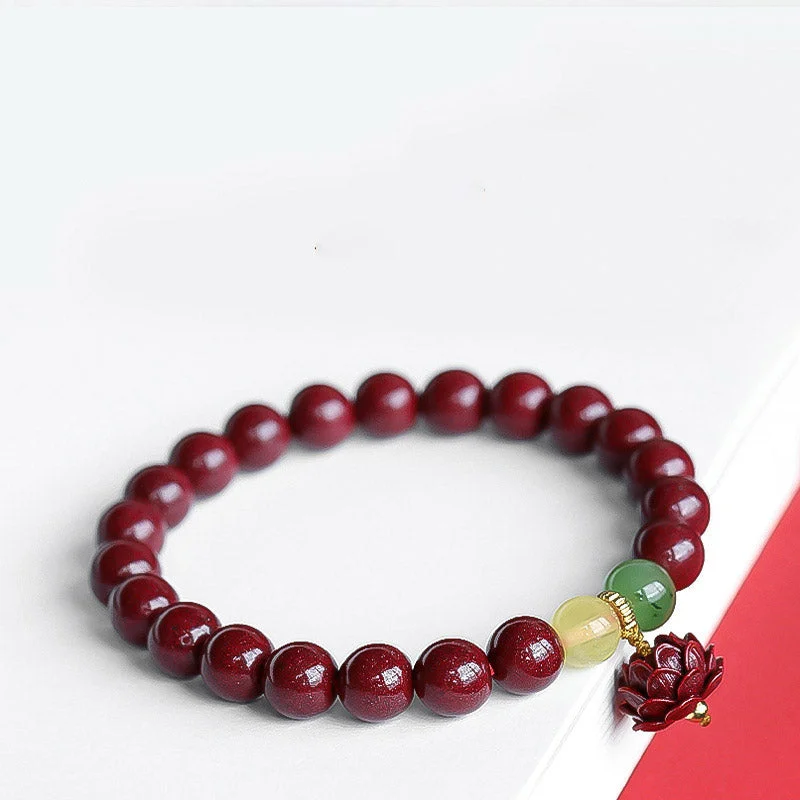
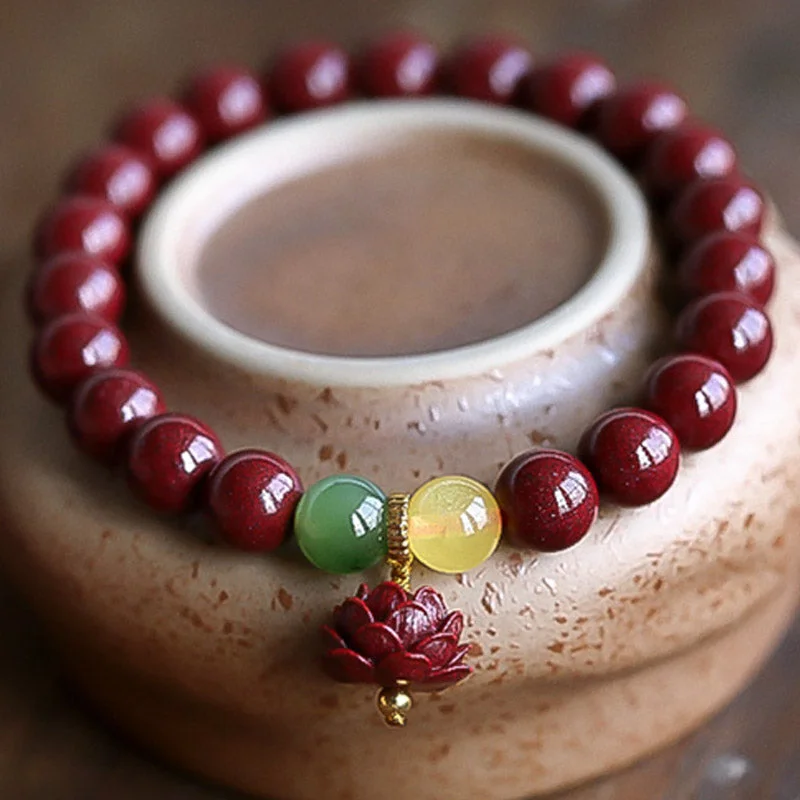
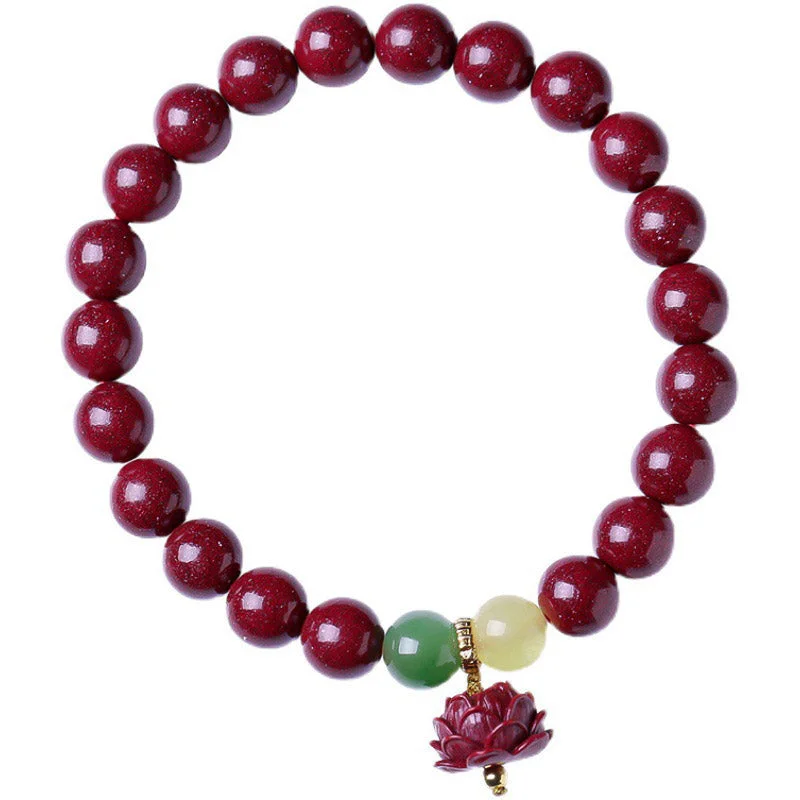
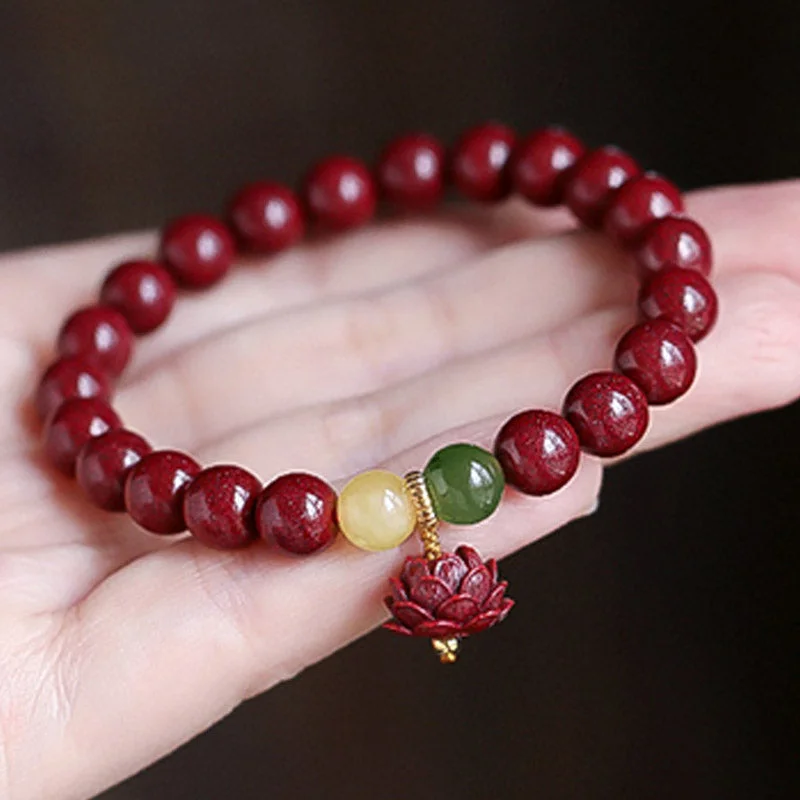
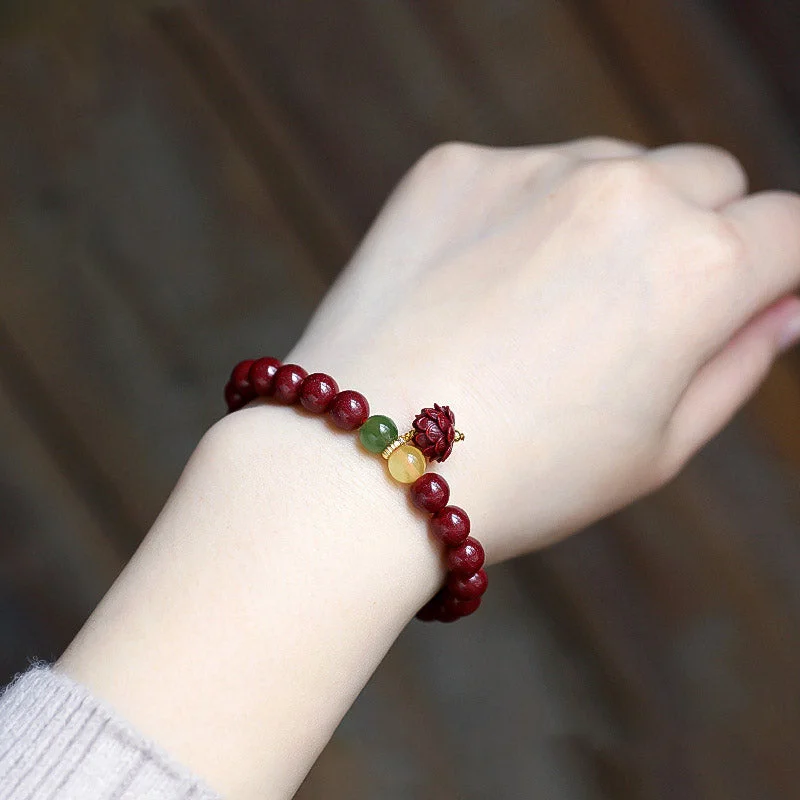
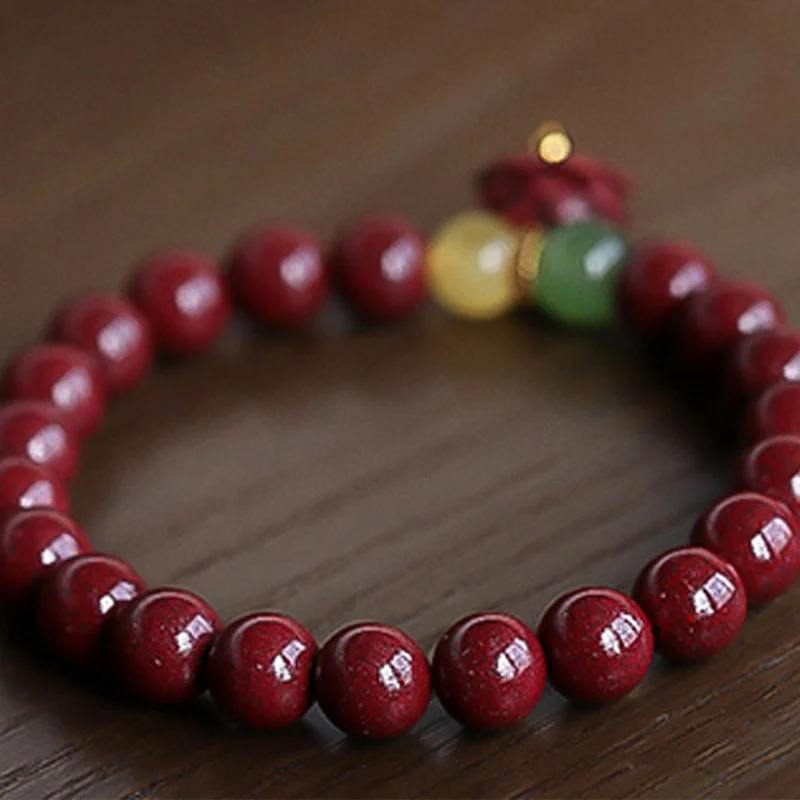




















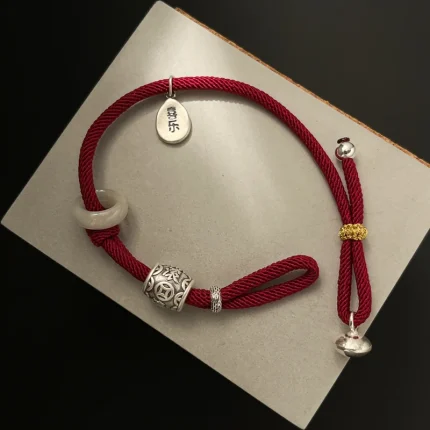


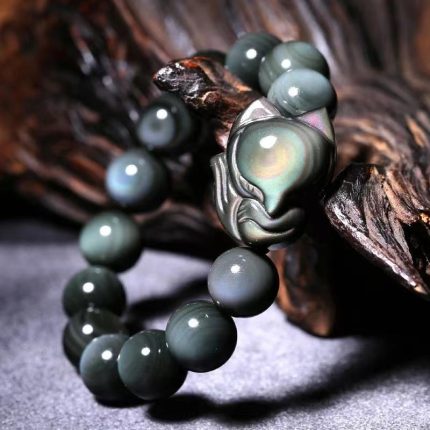


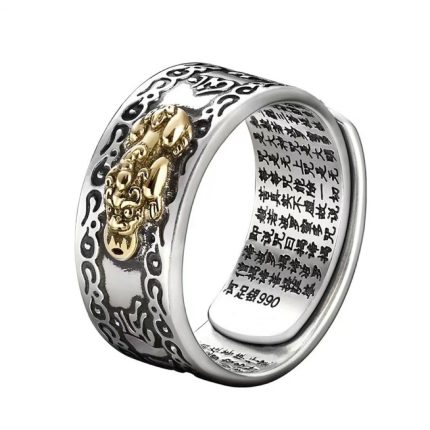



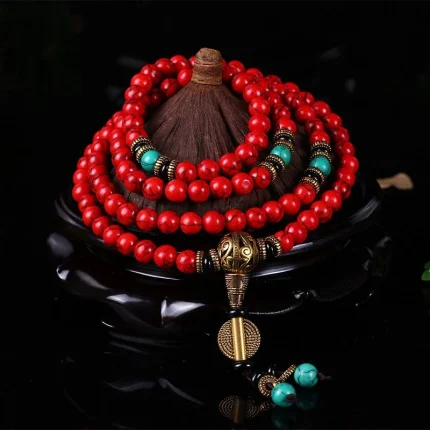
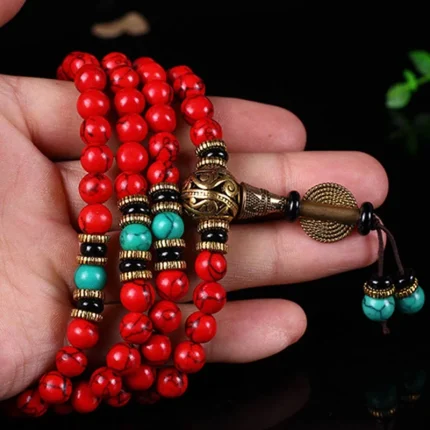
Reviews
Clear filtersThere are no reviews yet.